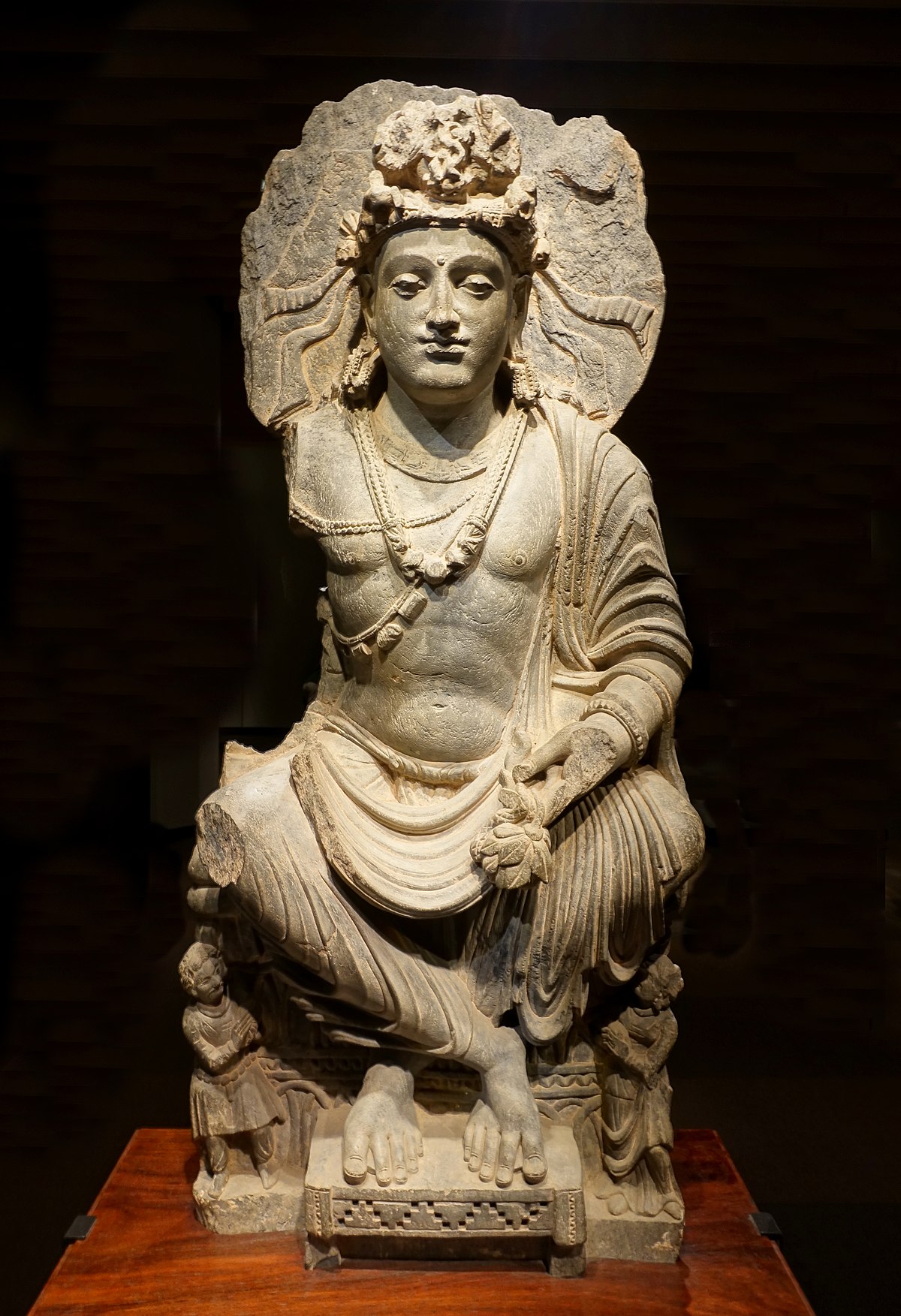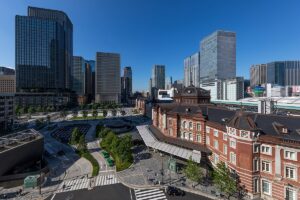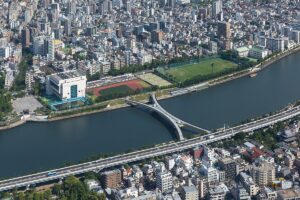Tokyo National Museum (Taito Ward, Tokyo)
Overview (history, characteristics, attractions)
Founded in 1872, Tokyo National Museum is one of Japan's oldest museums and is located in Ueno Park, Taito Ward, Tokyo. It houses a vast collection of Japanese art, archaeology, and Oriental art, including national treasures and important cultural properties. It exhibits a wide range of subjects, from ancient to modern fine arts and crafts, Buddhist art, archaeological artifacts, swords, paintings, and ceramics. The museum's exhibition buildings are divided into the Main Building (Japanese Art), the Oriental Gallery (Art from Various Asian Regions), the Gallery of Horyuji Treasures, the Hyokeikan Gallery, and the Heiseikan Gallery (Special Exhibitions), and the architecture itself is a highlight. Special and planned exhibitions are held regularly, combining academic exhibits with public commentary.
Highlights
- Main Building (Japanese Art): Major collections of Japanese culture, including paintings, sculptures, crafts, and Buddhist statues, are exhibited chronologically and by theme. Many of the works are national treasures and important cultural properties.
- Oriental Museum: Exhibits art from East Asia and Central Asia, including China, the Korean Peninsula, and Southeast Asia. Includes a wide selection of ceramics and Buddhist art.
- Museum of Horyuji Treasures: Buddhist art and crafts associated with Horyuji Temple (exhibitions may change).
- Heiseikan (special exhibition venue): Large-scale special exhibitions from Japan and abroad are held here. We recommend purchasing tickets early for the most popular exhibitions.
- architecture/gardenThe architectural beauty of the Hyokeikan and main building, as well as the gardens and sculptures on the grounds, are also worth seeing. The seasonal scenery (cherry blossoms, autumn leaves) is also attractive.
- Museum Shop and Cafe: You can check out the exhibition catalogue, buy original goods, and take a break in the cafe.
Access (nearest station, transportation, etc.)
- JR: About 5-10 minutes walk from Ueno Station (Park Exit)
- Keisei Electric Railway: About 10 minutes walk from Keisei Ueno Station
- Tokyo Metro: About 7-10 minutes on foot from Ueno Station on the Ginza Line or Hibiya Line (Ticket gate locations vary depending on the line, so it's best to walk with ample space to spare)
- Bus routes available in the area: Take the Toei bus and get off at "Ueno Park"
- You can also come by car, but we recommend using public transportation as parking is limited and tends to get crowded around Ueno Park.
Address: 13-9 Ueno Park, Taito-ku, Tokyo (This may be subject to change, so please check the official website for details.)
Estimated stay (estimated time required)
- Main exhibit highlights only: 1.5-2 hours
- If you want to take your time to see the Main Building and the Oriental Gallery: 2.5 to 4 hours
- If you want to see all the special exhibitions and permanent exhibitions: Half a day to one day (the required time may vary depending on the number of visitors at the special exhibitions)
Nearby spots
- Ueno Park (a popular spot for strolling and cherry blossom viewing)
- Ueno Zoo (famous for its pandas)
- National Museum of Nature and Science (natural history and science exhibits)
- Tokyo Metropolitan Art Museum (Special Exhibition)
- Ameya Yokocho (Ameya Yokocho, shopping, gourmet)
- Cultural facilities such as Ueno Toshogu Shrine, Kiyomizu Kannon-do, Shinobazu Pond (Bentendo)
- Yanaka, Nezu, Sendagi (strolling around the old town, cafes, old houses)
Things to be aware of (crowds, manners, seasonal precautions, etc.)
- congestion: It gets very crowded on weekends, public holidays, during the cherry blossom season in spring, Golden Week, and when special exhibitions are held. We recommend visiting on weekday mornings or using a designated date and time ticket for special exhibitions.
- Shooting rules: Whether photography is permitted inside the museum varies depending on the exhibit. Photography is often prohibited in special exhibitions and some other exhibits, so please follow the signs in the exhibition room and the instructions of the staff. Flash, tripods, and selfie sticks are often prohibited.
- Baggage and lockers: There may be restrictions on carrying large luggage, and you may need to use the cloakroom or coin lockers. Please note that lockers tend to fill up during busy times.
- Eating and drinking: Eating and drinking is prohibited inside the exhibition rooms. Please use the cafe or rest area.
- Comfortable clothes for walking: The exhibition room is large and you will be walking a lot, so we recommend wearing comfortable shoes.
- Barrier-free:Wheelchairs and strollers are permitted in the museum, but some exhibition rooms have complicated flow routes, so it is best to check with the information desk.
- Check the latest information: Opening hours, closing days, admission fees, and exhibit changes are subject to change. Please check the latest information on the Tokyo National Museum's official website or social media before visiting.
Note: Special exhibitions are very popular and may have limited admission or time-specified ticketing systems. We recommend planning your visit and checking the official exhibition schedule and ticket information in advance.




